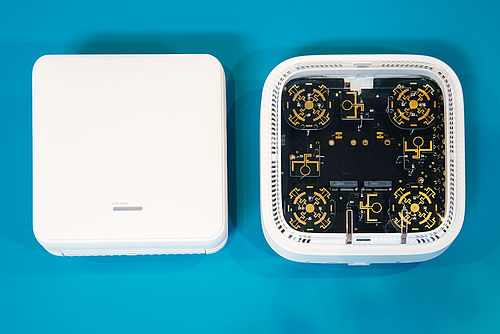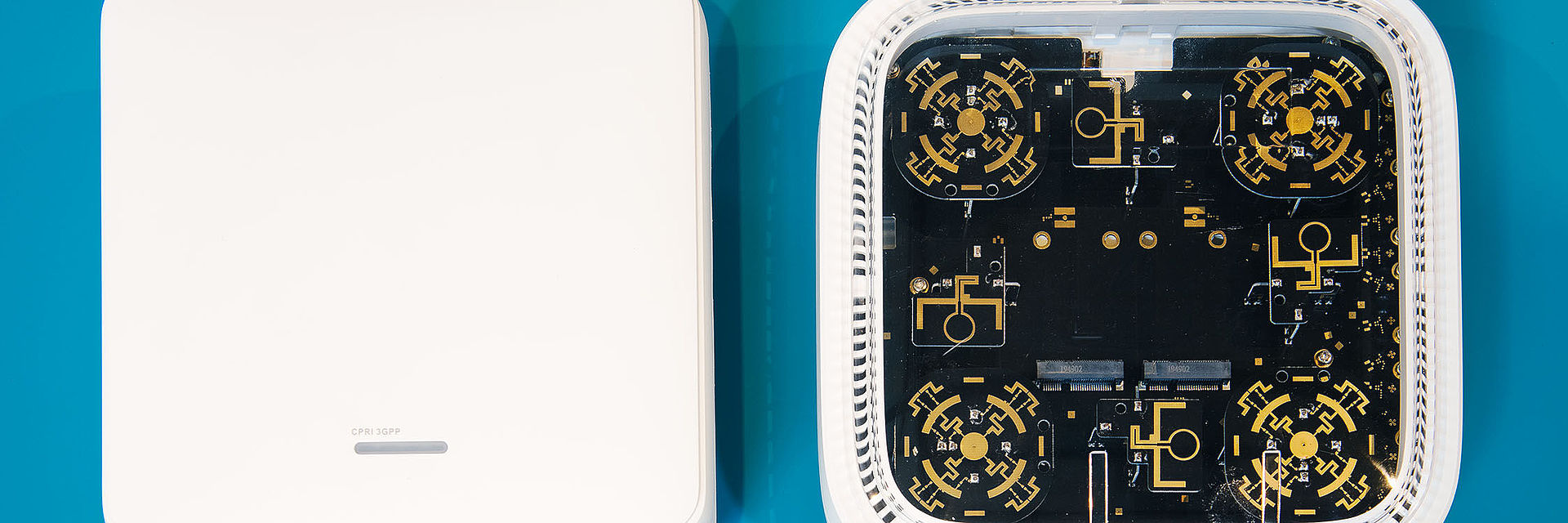The Fifth Generation

SDTB / C. Kirchner
The term "5G" is frequently used by the media. But what exactly does 5G mean? It stands for "5th Generation" and denotes the newest cellular standard.
Cellular communication standards prescribe which technologies and norms are required for a network to function with the end devices, antennas and infrastructures it is meant to serve. 5G is considerably more efficient than the previous LTE/4G standard. A 5G network has much faster reaction times, which is important for certain applications such as, for example, autonomous driving. The drawback for 5G is the large number of transmission masts required and the resulting increased exposure to electromagnetic radiation.
Although the expansion of 5G networks is progressing rapidly in Germany, it will take years before the highest performance standard can be provided nationwide. At the moment, 5G is being tested primarily in limited campus networks and indoor spaces where existing WiFi networks are being expanded and their speeds increased.
Objects pertaining to 5G technology are currently being exhibited in the “New in The Network” display case found in “The Network” permanent exhibition located in the Ladestraße.
5G Transceiver, Huawei 2020.
Euro2 WiFi 6 Access Point, Huawei 2020.
Inv.-No.: L/2021/0175 0, Inv.-Nr.: L/2021/0176 0

